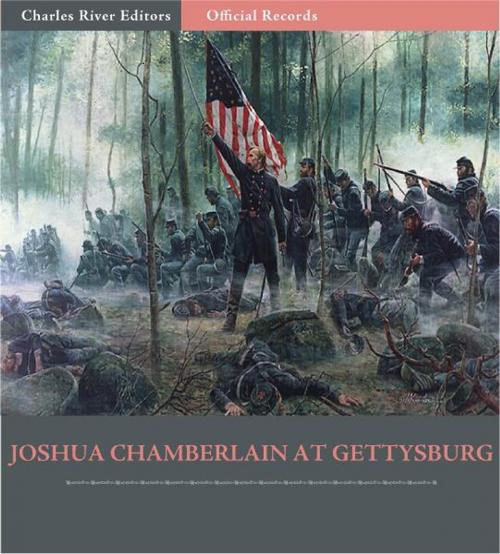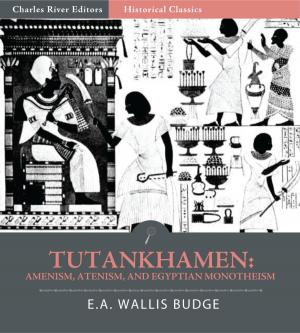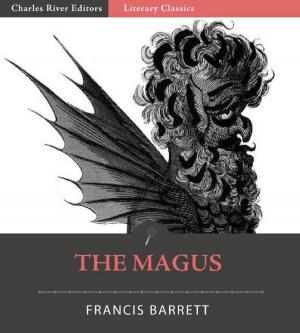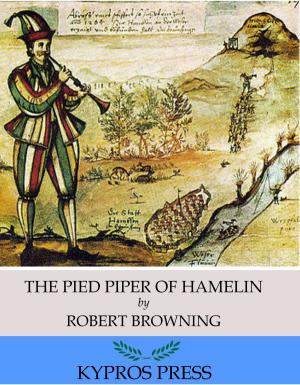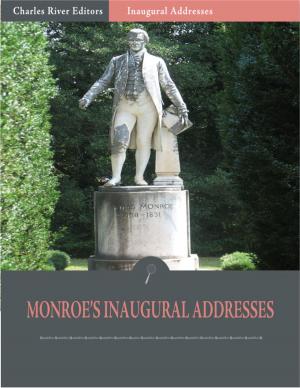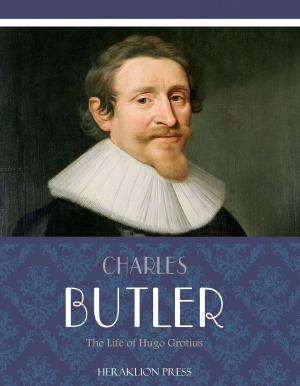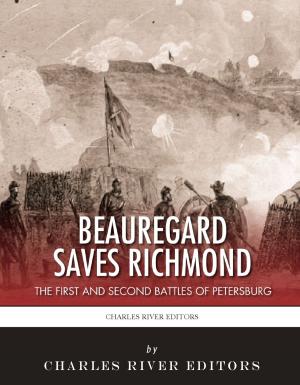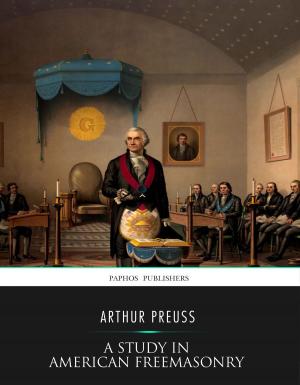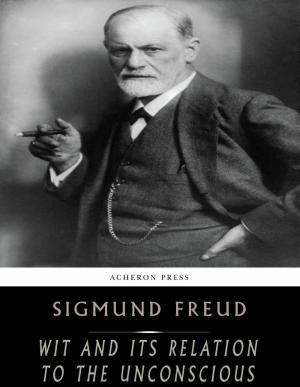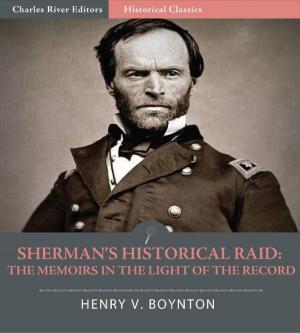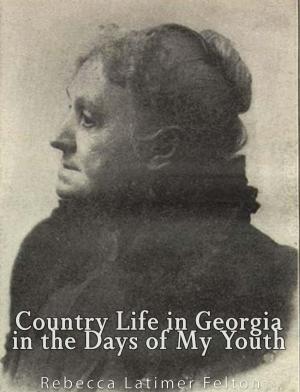Official Records of the Union and Confederate Armies: Joshua Chamberlains Account of the Battle of Gettysburg
Nonfiction, History, Americas, United States, Civil War Period (1850-1877), Military, 19th Century| Author: | Joshua Chamberlain | ISBN: | 9781619826816 |
| Publisher: | Charles River Editors | Publication: | February 15, 2012 |
| Imprint: | Language: | English |
| Author: | Joshua Chamberlain |
| ISBN: | 9781619826816 |
| Publisher: | Charles River Editors |
| Publication: | February 15, 2012 |
| Imprint: | |
| Language: | English |
Joshua Lawrence Chamberlain was a man of many hats, both in battle and in the classroom. Chamberlain is known today for being President of Bowdoin College in Maine and being one of the main heroes of Little Round Top while in command of the 20th Maine on Day 2 at Gettysburg. Chamberlains regiment earned lasting fame on July 2, 1863, holding the extreme left of the Union line at Gettysburg. Chamberlains actions repelling a series of attacks on Little Round Top earned him the Congressional Medal of Honor for conspicuous personal gallantry and distinguished service. After Gettysburg, Colonel Chamberlain was placed in command of the Light Brigade, which he handled with marked skill in the action at Rappahannock Station. The wounds received in that battle made necessary retirement for a time to the Georgetown Hospital, but he returned to the front in time for the Overland Campaign. Chamberlain was also in the middle of events at Appomattox, most notably being designated to command the parade of the surrendered Confederates. In these memoirs of the final campaigns of Lees Army of Northern Virginia and the Army of the Potomac, Chamberlain recounts ordering his men to salute as the Confederates parade past the lines, but that is still disputed. Chamberlain participated in about 20 battles and was injured several times by wars end. Chamberlains name and the 20th Maines reputation were revived as a result of Michael Sharaas book Killer Angels, a very popular fictional account of the Battle of Gettysburg that hewed closely to what happened. When Sharaas book was turned into the movie Gettysburg, the popularity of the movie led to renewed interest in the 20th Maines actions on Day 2 at Gettysburg. There is still debate over whether Chamberlain ordered a charge down Little Round Top when the regiment ran out of gunpowder or whether it was uncoordinated. Either way, nobody argues that Chamberlain served with distinction. Just 3 days after the battle, Chamberlain wrote his official account of the Battle of Gettysburg, and his account eventually became part of The War of the Rebellion: Official Records of the Union and Confederate Armies. This edition of his account includes pictures of the important commanders of the battle.
Joshua Lawrence Chamberlain was a man of many hats, both in battle and in the classroom. Chamberlain is known today for being President of Bowdoin College in Maine and being one of the main heroes of Little Round Top while in command of the 20th Maine on Day 2 at Gettysburg. Chamberlains regiment earned lasting fame on July 2, 1863, holding the extreme left of the Union line at Gettysburg. Chamberlains actions repelling a series of attacks on Little Round Top earned him the Congressional Medal of Honor for conspicuous personal gallantry and distinguished service. After Gettysburg, Colonel Chamberlain was placed in command of the Light Brigade, which he handled with marked skill in the action at Rappahannock Station. The wounds received in that battle made necessary retirement for a time to the Georgetown Hospital, but he returned to the front in time for the Overland Campaign. Chamberlain was also in the middle of events at Appomattox, most notably being designated to command the parade of the surrendered Confederates. In these memoirs of the final campaigns of Lees Army of Northern Virginia and the Army of the Potomac, Chamberlain recounts ordering his men to salute as the Confederates parade past the lines, but that is still disputed. Chamberlain participated in about 20 battles and was injured several times by wars end. Chamberlains name and the 20th Maines reputation were revived as a result of Michael Sharaas book Killer Angels, a very popular fictional account of the Battle of Gettysburg that hewed closely to what happened. When Sharaas book was turned into the movie Gettysburg, the popularity of the movie led to renewed interest in the 20th Maines actions on Day 2 at Gettysburg. There is still debate over whether Chamberlain ordered a charge down Little Round Top when the regiment ran out of gunpowder or whether it was uncoordinated. Either way, nobody argues that Chamberlain served with distinction. Just 3 days after the battle, Chamberlain wrote his official account of the Battle of Gettysburg, and his account eventually became part of The War of the Rebellion: Official Records of the Union and Confederate Armies. This edition of his account includes pictures of the important commanders of the battle.
